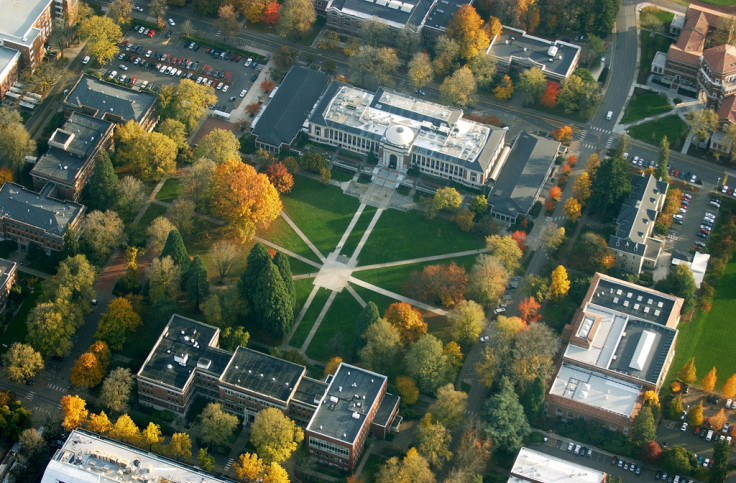Undergraduate Tuition at Oregon's Public Universities to Rise Again, Up Nearly 30% from a Decade Ago

EUGENE, Ore. – Students at Oregon's seven public universities will face another round of tuition hikes for the 2025-26 academic year, with increases ranging from 2% to 5%, according to the Oregon Capital Chronicle. This marks a continuation of a decade-long trend where average tuition at these institutions has surged nearly 30% since 2015, outpacing inflation and placing Oregon among the highest-cost public university systems in the West.
The state's Higher Education Coordinating Commission reports that Oregon ranks 44th nationally in public higher education funding, a key driver behind the persistent tuition increases. "Oregon public universities have some of the highest tuition and fee rates among Western states," said Ben Cannon, executive director of the commission, in an interview with the Oregon Capital Chronicle. Universities cite rising inflation, higher staff costs—particularly contributions to the Public Employees Retirement System (PERS)—and capital investments as additional pressures. At institutions like Oregon State University (OSU) and the University of Oregon (UO), tuition and fees now account for over half of revenue, one of the highest proportions in the nation.
For the upcoming academic year, OSU's Board of Trustees approved a 4.91% tuition increase for resident undergraduates at its Corvallis campus and 4.7% at OSU-Cascades in Bend, translating to an additional $11-$12 per credit hour. Portland State University (PSU) will raise resident undergraduate tuition by 4.8%, while UO approved a 3% hike for new undergraduates. Eastern Oregon University (EOU) is expected to finalize a tuition increase within the 3-5% range by mid-May. Any increase above 5% requires approval from the Higher Education Coordinating Commission.
The financial burden falls heavily on students. Resident undergraduates currently pay around $15,320 at UO and $14,400 at OSU, while out-of-state students face significantly higher costs—$42,516 at UO and $38,190 at OSU. Over the past six years, tuition for UO's freshman class has risen by more than 25%, with current students paying over $15,600 annually compared to $12,400 in 2019. Despite these increases, enrollment has declined, with full-time enrollment at Oregon's public universities dropping by approximately 3,000 students since 2014, and total class enrollment falling by 4,000. Last fall, nearly 80,000 students were enrolled across the seven universities.
Students and advocacy groups have expressed frustration over the rising costs as universities are attempting to offset the hikes with increased financial aid. OSU plans to provide over $100 million in institutional aid, while UO will offer $125 million, nearly triple the amount provided five years ago. Additionally, UO locks in tuition for five years for each incoming freshman class, providing some predictability. However, the rising cost of living, particularly housing near campuses, exacerbates affordability concerns.
The reliance on tuition revenue stems from a significant decline in state support. Twenty-five years ago, Oregon covered up to 75% of the cost of each full-time university employee; today, it funds 50% or less. Oregon's per-pupil funding of $8,400 annually lags behind the national average of $11,000, and the state's overall investment in higher education remains below most states. This underfunding has economic implications, with reports indicating Oregon struggles to produce enough graduates in fields like STEM, healthcare, and technology to meet workforce demands.
With no significant increase in state funding on the horizon, Oregon's public universities face a challenging balancing act: maintaining quality and accessibility while covering rising costs. For students, the dream of higher education comes with an ever-higher price tag, prompting calls for reform to restore the "public" in public higher education.
Originally published on University Herald





















